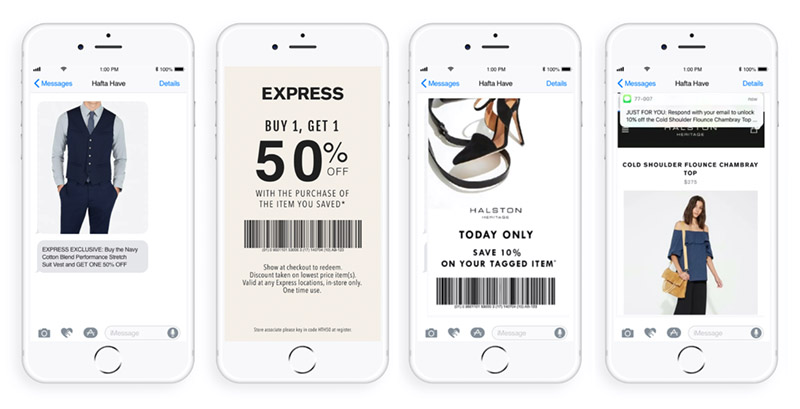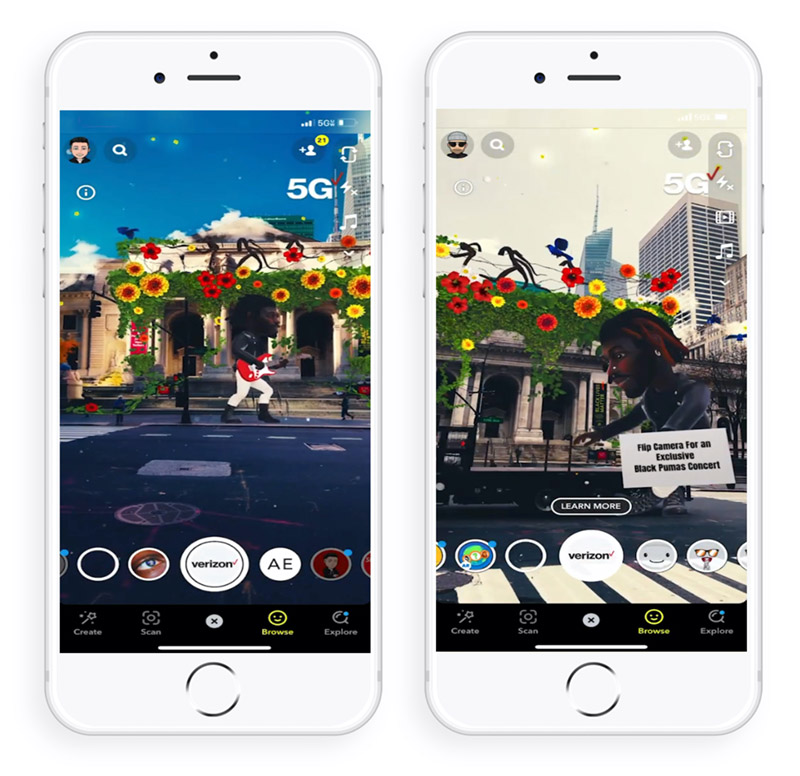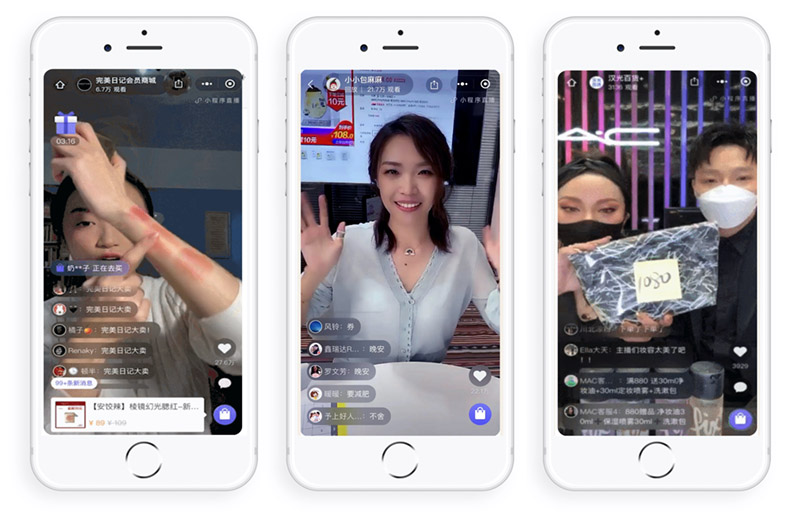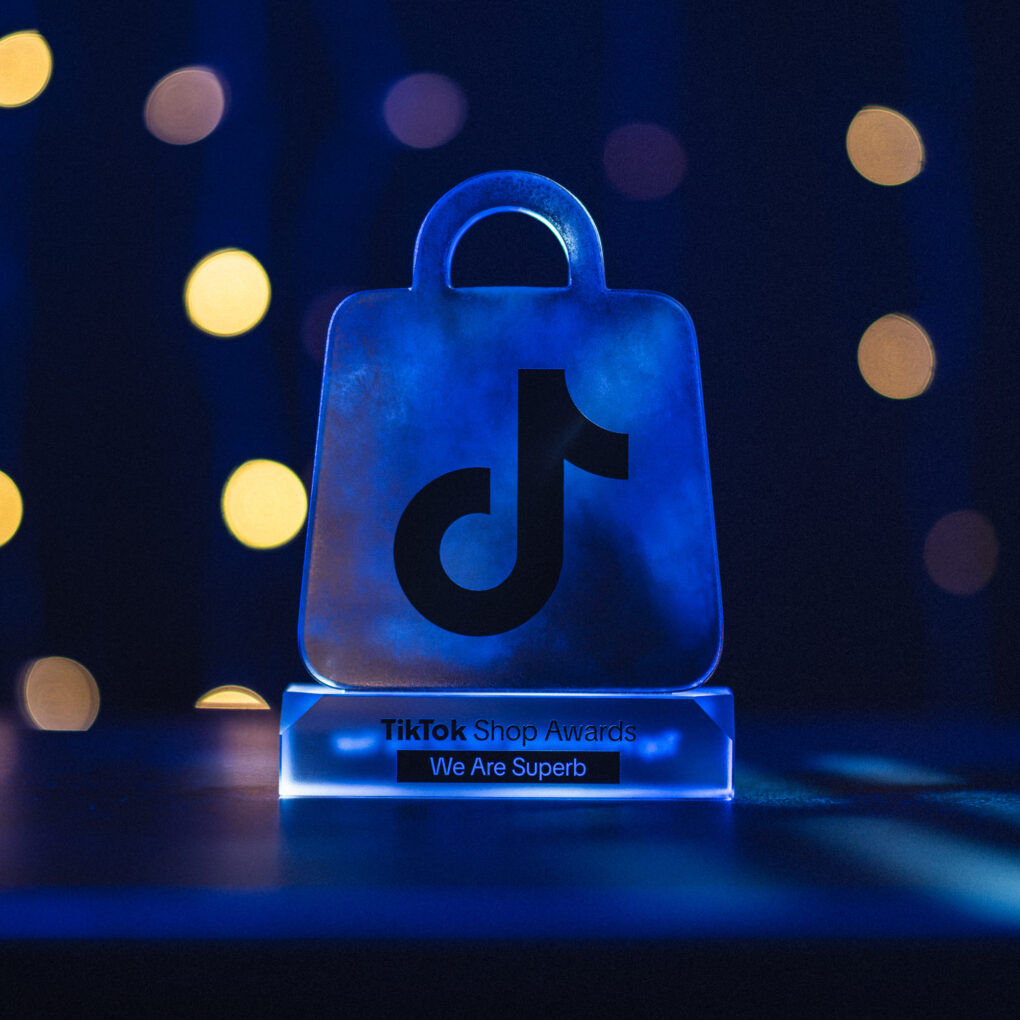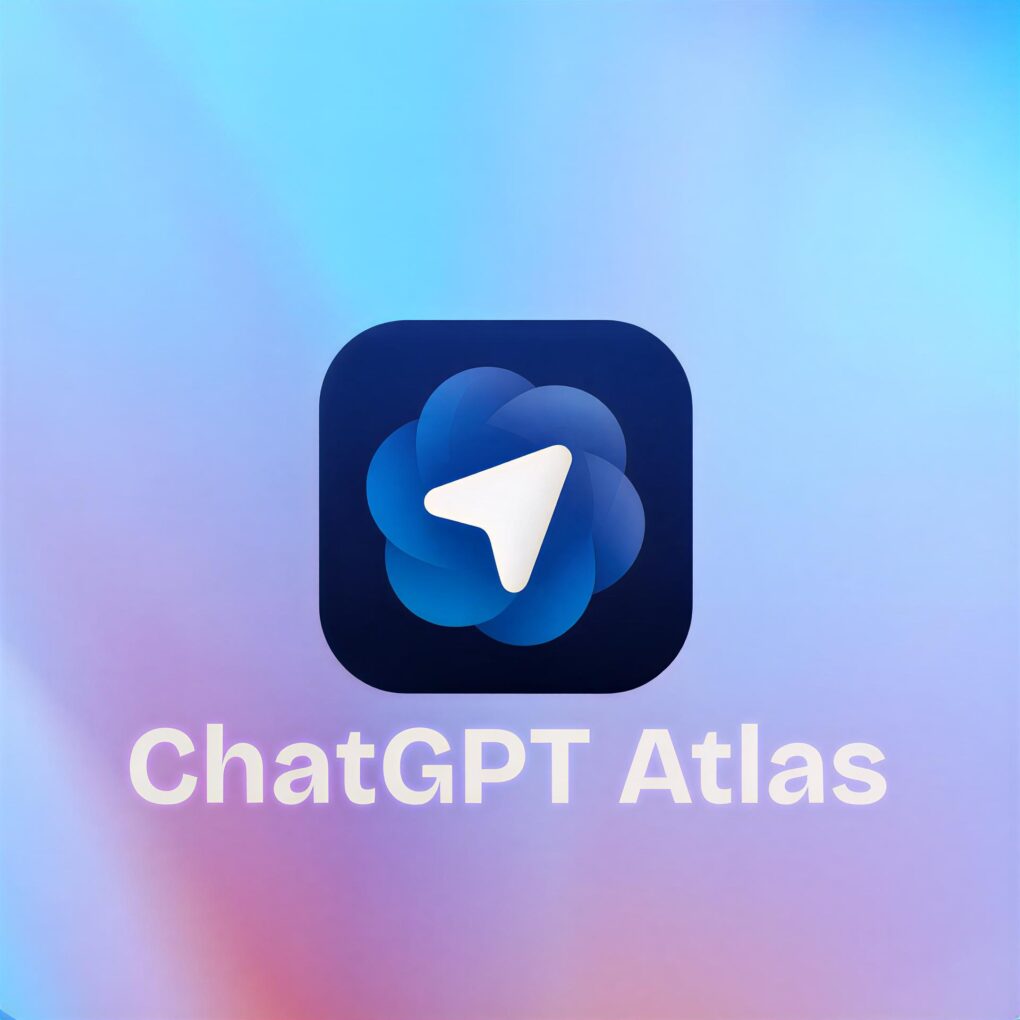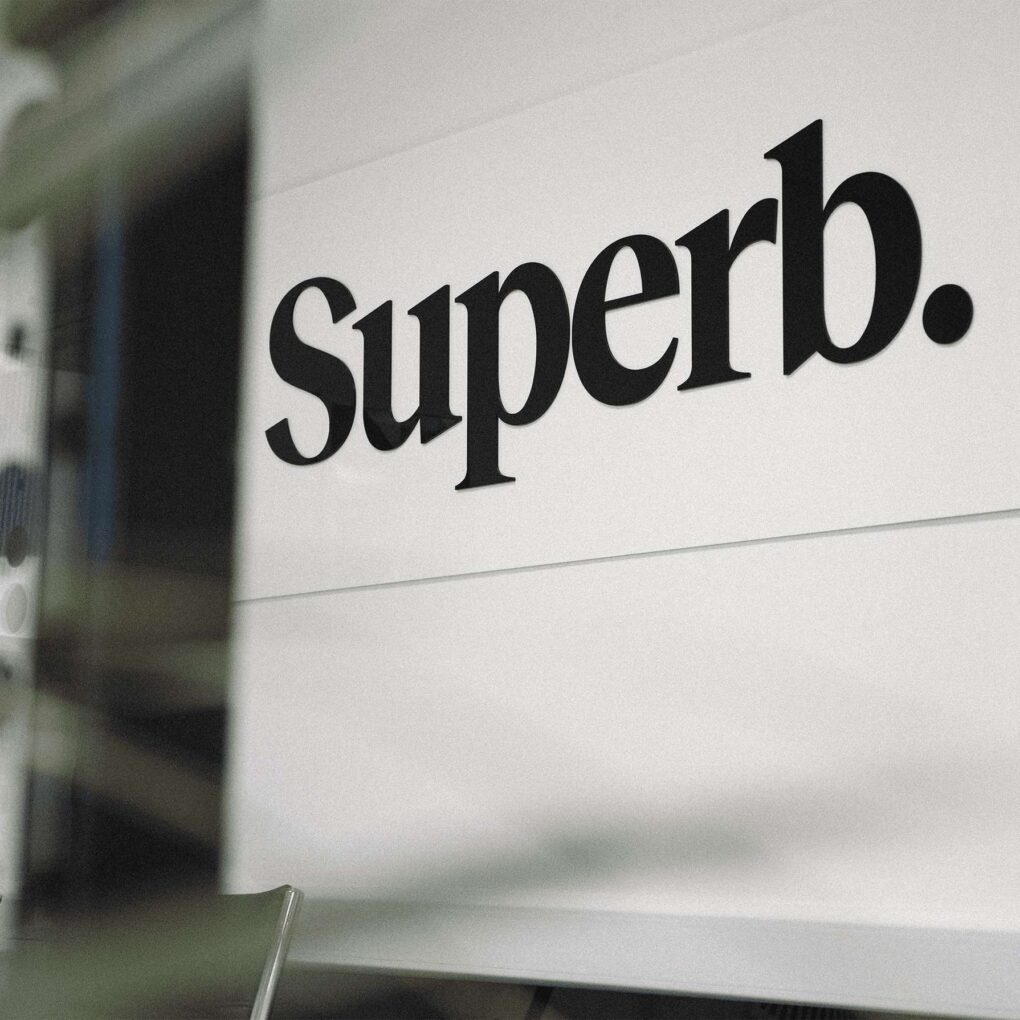The Covid-19 pandemic has been a catalyst in accelerating specific trends. However, they also have been around for a long time. Now, with technology-driven marketing, consumers want what they want when they want it.
Consumers expect consistency. This is about the voice that you are using (whatever the main channel the consumer is communicating with you on) the tone and the visuals that make your brand identity. There should be no such thing as a separate discourse on Instagram or Facebook. They should all tell a cohesive story.
With this in mind, we decided to join this years’ Revolutionizing Retail Summit, hosted by Alley and Verizon 5G Labs. Where some of the industry’s most influential gurus like Tiffany Stone, Strategy and Innovation at Verizon; Amanda Latifi, CEO of Hafta Have; and Marie La France, VP of Strategy at Dash Hudson, spoke about the revolution of retail experiences through an omnichannel lens.
Let’s take a look at some of the key takeaways for 2021.
Technologies role in omnichannel experiences
It is no longer just about brand consistency, but rather a consistency across the entire customer journey. From purchase to validation to return to a potential repurchase. Making sure you are providing the consistency and ease for customers.
With that, an omnichannel experience doesn’t just impact online, but it also matters offline. For example, being able to scan a product in-store and buy it on your phone after. Retailers and brands moving into 2021, need to realise that brand experience, both offline and online, is critical. It holds the potential for ROI.
Closing the gap between the offline and online experience
Hafta Have, has been developing a platform that empowers brick and mortar stores to perform more like online, by creating a technology that utilises visuals. For example, when people are shopping in-store, there is no way to save something you find, unlike online shopping when you can favourite something or leave it in the cart. With Hafta Have’ SMS tech, customers can take pictures of the product or the tags to be able to find them online later easily.
No app is required. Shoppers take a picture using their smartphone camera of a tag or a QR code (some retailers have been adding QR codes to their tags) and text it to Hafta Have. Within seconds the customer receives a personalised SMS locating the product online, and offering personalised discounts to the customer.
This SMS technology has aided brands and retailers to close the gap between online and offline shopping. Once in a partnership with Hafta Have, retailers will also receive essential data from the shop floor. For example, who the shopper is, what they are looking at, garment information like colour and size, and if they have clicked and looked at an e-commerce site or not.
“As a result, the retailer can have a particular conversation with a consumer on a very intimate channel like SMS, about the exact product the customer was just looking at in-store”, said Amanda Latifi, CEO of Hafta Have.
According to Hafta Have, their in-store SMS technology has enabled brands like Starbucks and New York Fashion Tech Lab, to increase the open rate by 99%, click-through by 35% and ROI 10 to 50 times higher. A great example of an omnichannel experience well thought and executed.
Technology driven social media
4G technology has catapulted the world of commerce forward and made online shopping accessible and fast. However, technology is changing every day, and where 4G will fall short is being able to weave in that commerce component and break out sub-categories into each platform.
Recently Verizon collaborated with Snapchat to create the first-ever 5G Landmarker Lens. This was an exclusive experience for Verizon 5G Ultra Wideband customers only. The 5G Landmark lens uses AR to deliver a musical performance from the Black Pumas band at the New York Public Library.
This collaboration was unique in many ways as it opens the possibility of 5G, AR technology to “align consumers’ interests and take them to places they never imagined possible”, said Frank Boulben, Senior VP of Consumer Marketing and Product at Verizon.
Live-stream shopping
Most recently, Instagram users and brands have started utilising the polls, stories and also live-streaming features. There is a demand for people to purchase on Instagram. One of the reasons why it’s such a great acquisition channel for retailers is because they see high ROI from the platform.
As a result of the growing popularity of live streaming on social platforms, live-stream shopping is becoming the next big e-commerce revolution. To make live-stream shopping a seamless experience, brands need the bandwidth, the latency and the ability to accommodate millions of users who are trying to purchase product in real-time. Also, allowing brands and retailers to connect their inventory with a live streaming platform. And execute all those orders, and process the data.
In Asia, live-stream shopping is already a multi-billion dollar experience. Right now, billions of dollars of transactions are happening. Most often, it is a social media influencer live-streaming the clothing they are wearing or the products they recommend.
As you are watching the live stream the products are surfacing on the consumers’ smartphone, and they can instantaneously transact right there. There is no doubt that live-stream shopping will soon become mainstream in the US and Europe. Twitch, the video game streaming platform has already started collaborating with fashion brands like Burberry, Champion and Hollister.
With this new form of shopping, consumers and brands are downloading vast amounts of data. To make this experience seamless, something like 5G is necessary.
The omnichannel experience and the data dilemma
The missing data set in offline retail means it is tough to define the purchase intent and the customer interest journey. Post-purchase data (which is primarily what is available for in-store retailers) is essential as well. However, it does not allow retails to predict certain aspects of the buying cycle to the same degree as an online purchase.
There is a wealth of data on the store floor every day that is not being used by retailers. Online and in-store retail is very closely connected, because what the consumer sees in-store, but for some reason doesn’t purchase, may later go online to buy that product. Retailers need to understand why this is happening, especially post-pandemic times.
Personalisation isn’t just about the online channels, but it can also be applied to the in-store experience. Visual is a driving force for both offline and online retailers. Consumers are continually shopping with their phones now both in-store and out. Taking pictures of products they want to get later, and sending it to their friends or save to their camera roll. Taking that data lift off the consumer is a value you can provide as a retailer.
The future of ecommerce
One thing is for sure. Everyone is shopping on Amazon now. The pivotal question is once brands and retailers return to brick and mortar stores (because people enjoy shopping in-store, it’s a source of entertainment) are consumers going to shop with their phones post-pandemic? It is predicted, they will be checking if they can get the product cheaper online rather than in-store.
And if so, retailers need to start adapting their omnichannel strategies to both offline and online commerce, merging the two into a holistic vision.
Actionable insights from data
It’s all about brands and retailers figuring out how to use the data they are gathering to create a cohesive story. What are the KPI’s your brand wants to achieve from all this data gathering? Successful brands and retailers already have a structure in place when it comes to looking at data and utilising it, instead of collecting the data first and then looking at how they can use it.
QR codes
2008 was one of the first times that companies started testing using QR codes on their packaging and product. Moving forward, the main aim behind QR codes has always been about connectivity and to close the gap between offline and online commerce. It’s all about looking for ways to respond to a behaviour that a consumer is already exhibiting, identifying the pain points quickly and thus, satisfying customer needs.
Visual communications
Visuals will be the primary form of communication for generations to come. Innovation in computer vision for brands like Dash Hudson is already pushing boundaries. But not just visuals for stills but also product recognition for videos, which has so many other elements like sound. Additionally, understanding actionable insights from visual data are critical too.
________________
Aleksandra Michniewicz specializes in copywriting and content creation for companies in a variety of industries like technology, lifestyle, fashion and finance.

